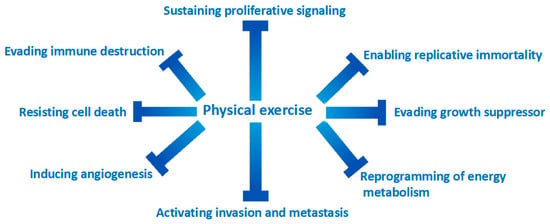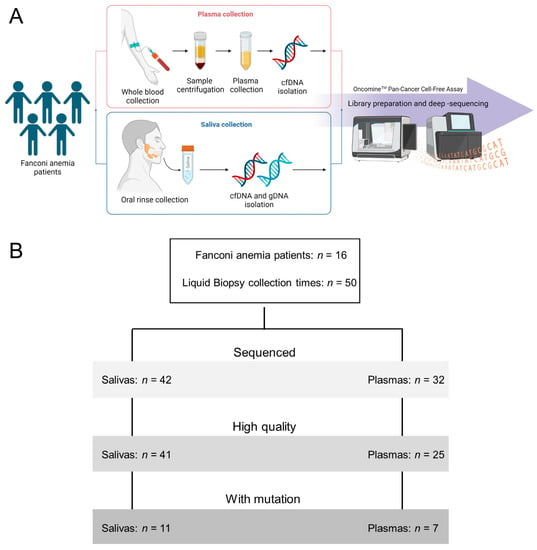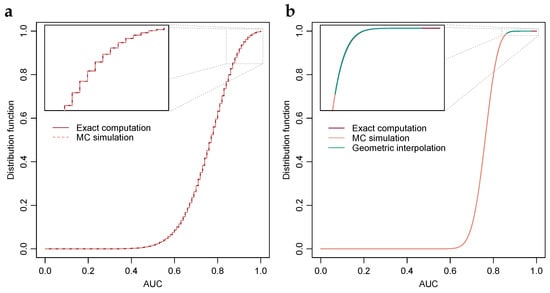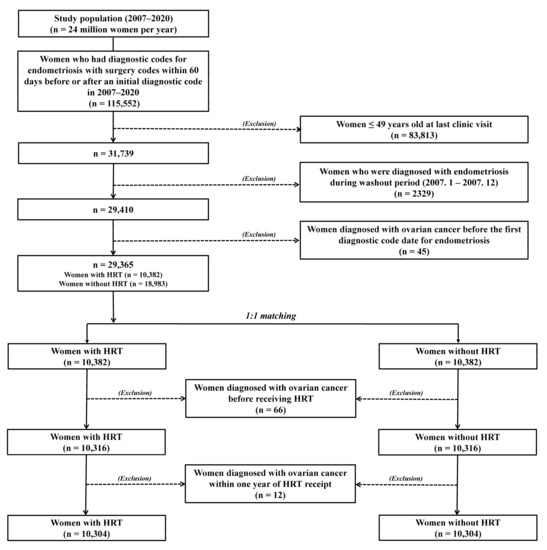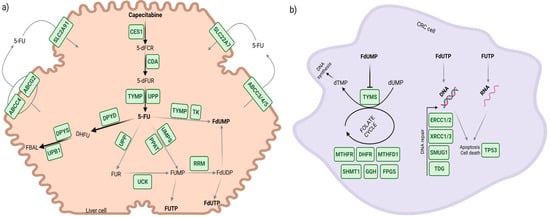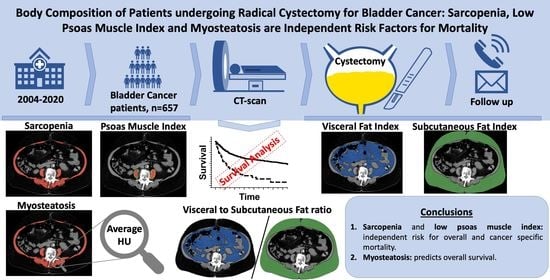Cancers 2023, 15(6), 1844; https://doi.org/10.3390/cancers15061844 - 19 Mar 2023
Cited by 16 | Viewed by 3488
Abstract
Radiotherapy for pediatric brain tumors is associated with reduced white matter structural integrity and neurocognitive decline. Superior cognitive outcomes have been reported following proton radiotherapy (PRT) compared to photon radiotherapy (XRT), presumably due to improved sparing of normal brain tissue. This exploratory study
[...] Read more.
Radiotherapy for pediatric brain tumors is associated with reduced white matter structural integrity and neurocognitive decline. Superior cognitive outcomes have been reported following proton radiotherapy (PRT) compared to photon radiotherapy (XRT), presumably due to improved sparing of normal brain tissue. This exploratory study examined the relationship between white matter change and late cognitive effects in pediatric brain tumor survivors treated with XRT versus PRT. Pediatric brain tumor survivors treated with XRT (n = 10) or PRT (n = 12) underwent neuropsychological testing and diffusion weighted imaging >7 years post-radiotherapy. A healthy comparison group (n = 23) was also recruited. Participants completed age-appropriate measures of intellectual functioning, visual-motor integration, and motor coordination. Tractography was conducted using automated fiber quantification (AFQ). Fractional anisotropy (FA), axial diffusivity (AD), and radial diffusivity (RD) were extracted from 12 tracts of interest. Overall, both white matter integrity (FA) and neuropsychological performance were lower in XRT patients while PRT patients were similar to healthy control participants with respect to both FA and cognitive functioning. These findings support improved long-term outcomes in PRT versus XRT. This exploratory study is the first to directly support for white matter integrity as a mechanism of cognitive sparing in PRT.
Full article
(This article belongs to the Special Issue Cognitive Outcomes in Cancer: Recent Advances and Challenges)
►
Show Figures




